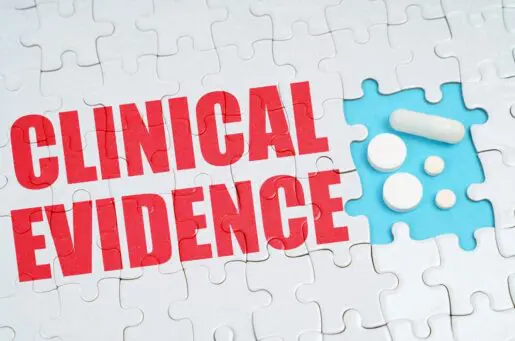Bioethics Forum Essay
The Flip-flop over Foreskin
The American Academy of Pediatricians recently released a statement saying that the health benefits of circumcision outweighed the risks. This pronouncement contradicts the Academy’s earlier ruling, just thirteen years ago in 1999, which stated unequivocally that the health benefits of the procedure were slim. The 1999 statement reversed a previous one made in 1989 that said there were good medical reasons for it; but a few years earlier, in 1971, the Academy had officially concluded that it was not a medical necessity. Clearly, circumcision is one of those surgeries about which opinion shifts back and forth over the years.
Medical concerns have changed frequently. In the 1840s many worried about phimosis, a condition in which the foreskin does not retract completely. To read some of the medical journal articles from the period, one might think this problem was nearly epidemic. Circumcision became one of the cures widely touted by physicians for this particular disorder. They also recommended circumcision as a remedy for masturbation and nervous conditions later in the century; in fact, some even endorsed the surgery for women suffering the same maladies.
Unlike the nineteenth-century physicians who focused on individual ailments, today’s circumcision advocates turn to public health justifications. To be sure, even today there are some who argue for its benefits on an individual level: it might decrease the already low incidence of infant urinary tract infections and even rarer penile cancer in adults, but these studies are contested and are not so compelling to advocates as the possibility of stemming the rising numbers of HIV/AIDS infections, particularly in Africa. In each era, circumcision promoters have emphasized the particular health crisis most urgent at the time; syphilis during World War I, HIV/AIDS today.
Even if we agree that circumcision has some public health benefits, it is not the cure-all that we might imagine. The pediatricians’ report cited several studies done in Africa, where HIV is spread primarily among heterosexuals. This research found that it reduced transmission from infected women to men but had no effect on transmission between men. In addition, it ameliorated the spread of some sexually transmitted infections (HPV and herpes) but not gonorrhea, syphilis, or the most common STI, chlamydia. Is altering perfectly healthy bodies prophylactically really the best response, or might education campaigns about safe sex practices be more successful (and less invasive) for the prevention of all these diseases?
The public health crisis of HIV/AIDS should not be taken lightly, of course, but the endorsement of circumcision for newborns is a radical step, particularly when the surgery has its own complications; the New York Times noted that one in 500 infants suffer severe consequences (infection, excessive bleeding, and disfigurement of the penis), and some babies even die each year.
Anticircumcision proponents (known as intactivists) argue that it is unethical to make a decision that permanently alters another person’s body without that person’s informed consent. Babies cannot consent, obviously, and so intactivists deplore second party assent to unnecessary surgery. Though offering ethical arguments and critiques of procircumcision claims, those who question routine circumcision are too easily dismissed.
Pediatricians, like most other Americans, are accustomed to thinking of circumcision as natural, harmless, and beneficial. Indeed, popular perceptions of the surgery represent it as a mere “snip of skin.” So many men in this country have been circumcised as infants that the surgery can strike us as “normal,” and many (though not all) do not feel they have suffered from it. Paradigms are difficult to shift. But if we took a moment to put aside what we think we know, and to look carefully at the conflicting medical debates circumcision has inspired over the years, we might be persuaded to at least question the necessity and wisdom of the procedure, given its risks, its permanence, and the fact that its recipient might have chosen otherwise.
For some religious and cultural communities, of course, non-health reasons motivate circumcision. Jews and Muslims circumcise boys to fulfill religious covenants, and these rituals have recently come under scrutiny in Germany. Many there and in our own country as well are worried about pitting state power against religious freedom. By emphasizing parents’ rights to make informed decisions, the AAP statement speaks to those families for whom cultural or religious considerations might supersede all else. But most American families do not have these same concerns. Many parents are likely to simply ask their physicians what to do.
By affirming that medical benefits outweigh the risks, the AAP makes the health card difficult to trump. For those parents who rest their case on the most recent health claims, it would be worth keeping in mind that medical opinions have consistently flip-flopped over circumcision. The AAP’s decision is reversible. Is the parents’?
Elizabeth Reis, professor of women’s and gender studies at the University of Oregon, is the author of Bodies in Doubt: An American History of Intersex (Johns Hopkins University Press, 2009). This year (2012-2103) she is a visiting scholar in the History of Science Department at Harvard University.
Posted by Susan Gilbert at 08/28/2012 10:37:12 AM












